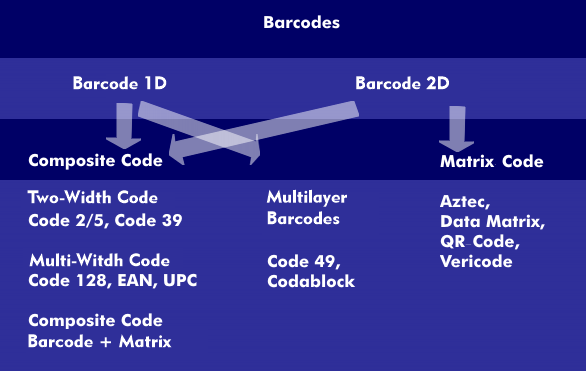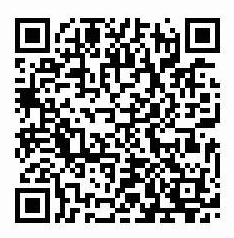matrix code
Smart codes for goods identification are divided into bar codes, which are one-dimensional codes, and two-dimensional codes, which in turn are divided into stack codes and matrix codes. A bar code consists of individual thick and thin lines and gaps arranged in rows. To increase the amount of information, several bar codes are arranged one above the other. These barcodes are stacked and are therefore called stack codes.
The third group are matrix codes. These are 2D codes where dots, lines and gaps are arranged in a matrix. Typical representatives of matrix codes are the Data Matrix Code, Semacode, QR Code, BeeTag, VeriCode, Aztec Code, MaxiCode and the VS Code. In addition to the aforementioned b/w matrix codes, there are also colored ones such as the High Capacity Color Barcode( HCCB), which have a much higher information density.
Matrix codes have a high information density, about 15 times higher than bar codes, depending on the matrix size. They have a square structure and are characterized by high error security. Depending on the security level, even heavily damaged or soiled matrix codes can be read without errors. Their size varies between an edge length of about 2 mm and 50 mm, which is directly related to the number of characters, which can be between 1 and 2,000. The characters are encoded in horizontal and vertical directions and provided with error corrections( ECC).
Some Matrx codes have markings or identification patterns with which the position is determined.


